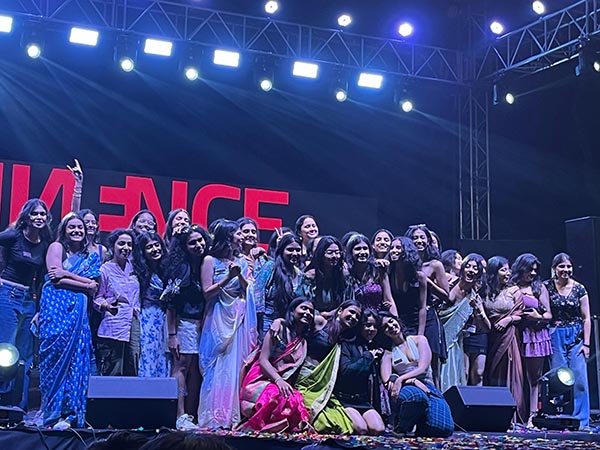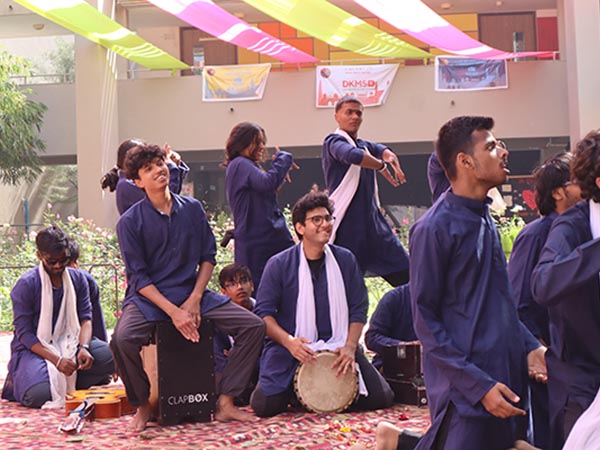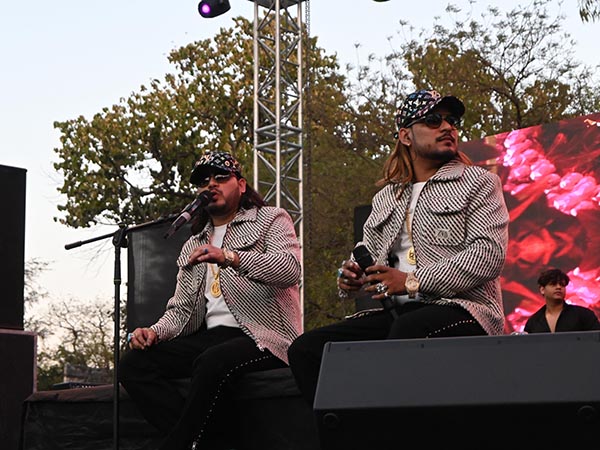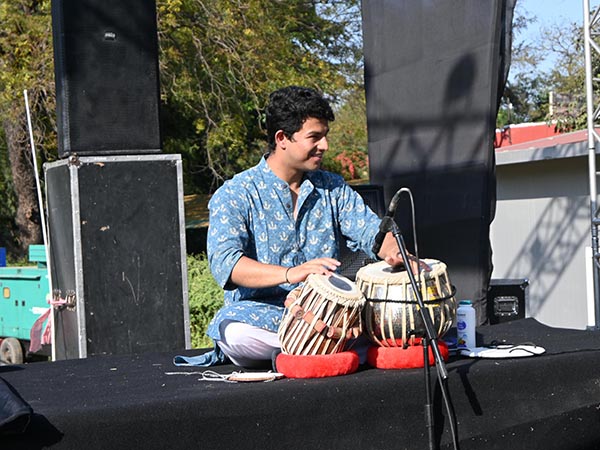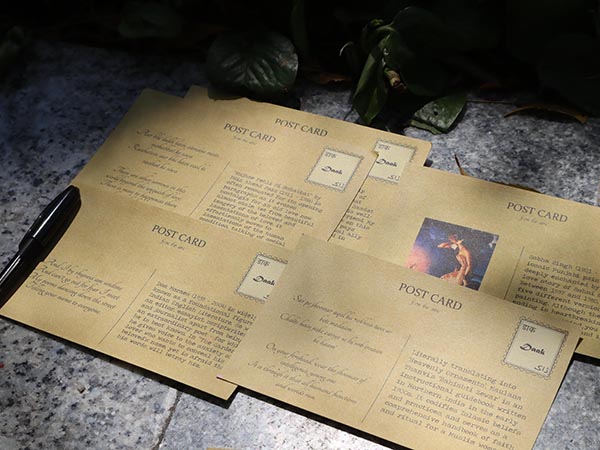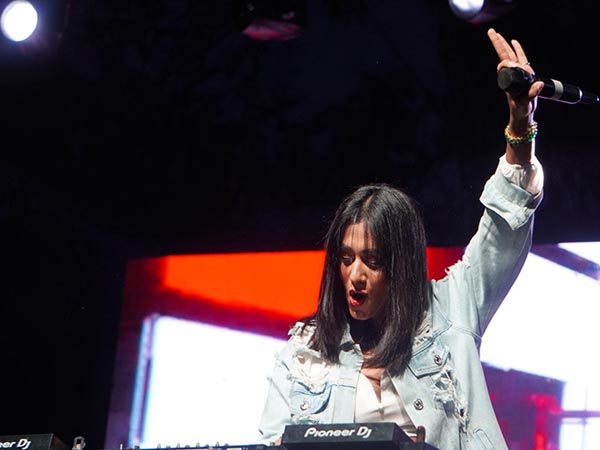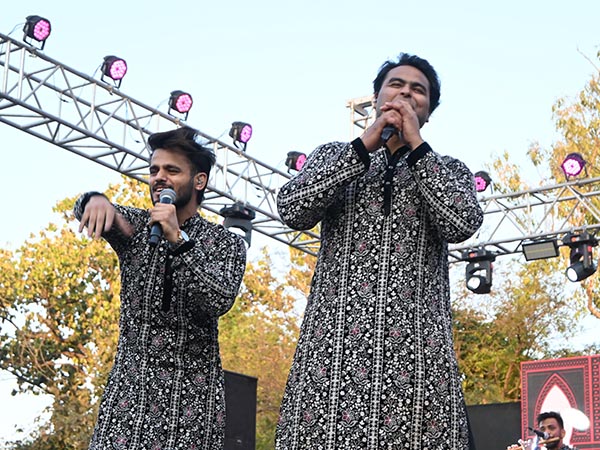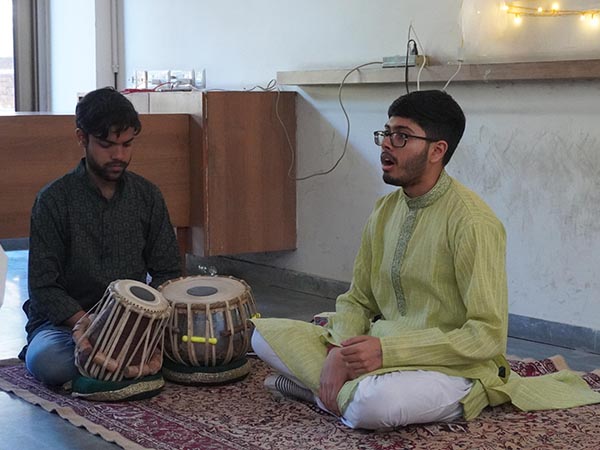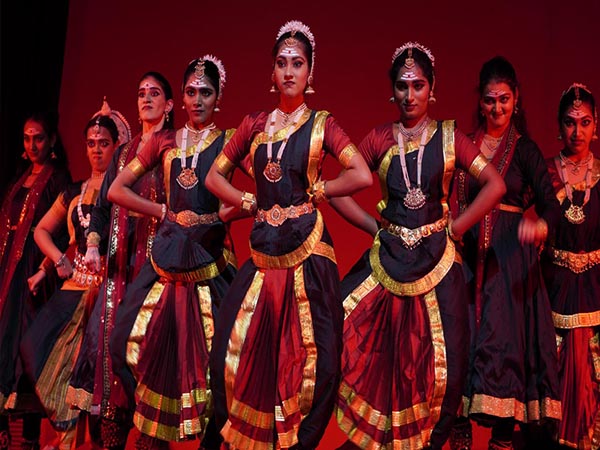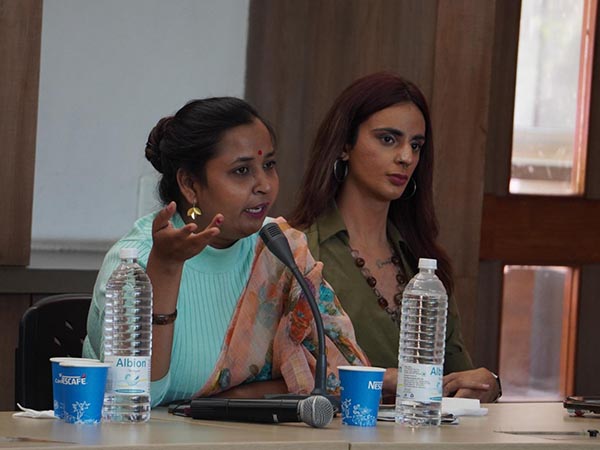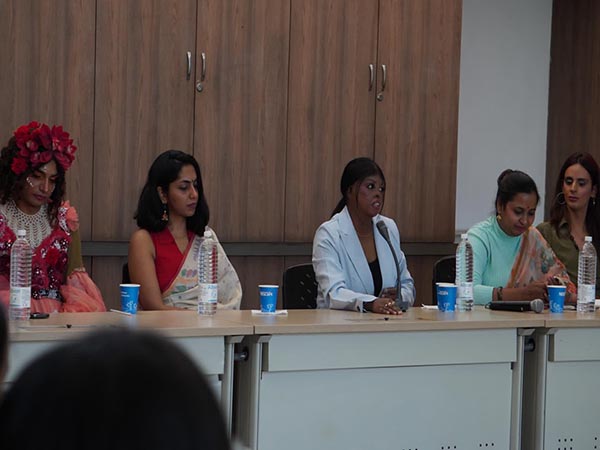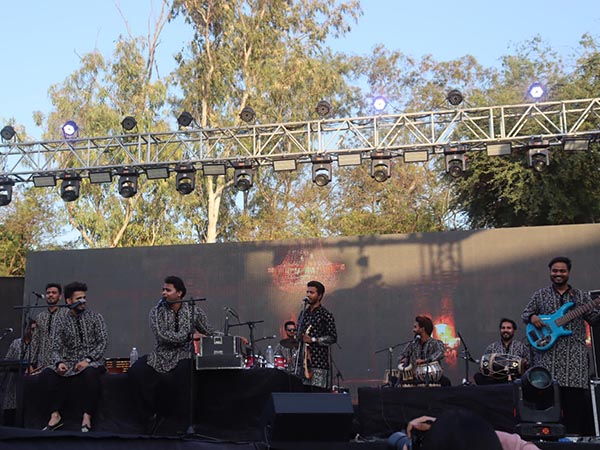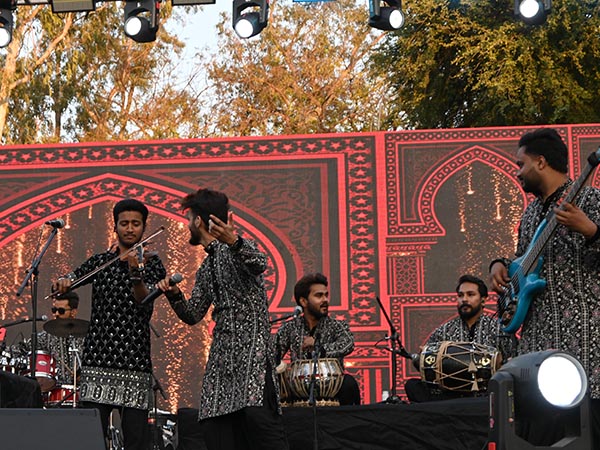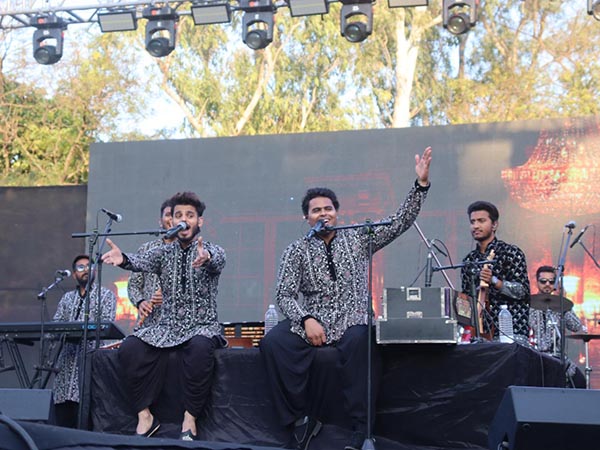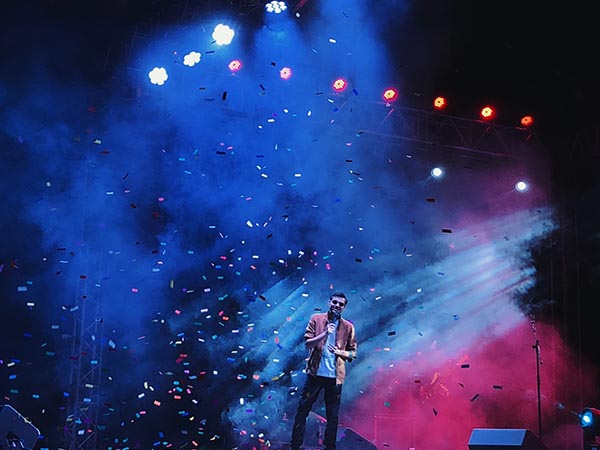From March 20th to 22nd, Tarang 2025 unfolded as an assertion of identity, art, and resistance. It was a festival that refused to be confined to mere celebration, becoming an experience that lingered beyond its final note, an echo of voices, stories, and movements that demanded to be heard.
This year, Tarang redefined its ethos by opening its gates wider than ever before. Each student could invite a guest per day, turning the festival into a homecoming of collective spirit and shared aspirations. Dhaagon ki Pehchaan was not just a theme; it was woven into every aspect of the festival, manifesting through installations, performances, and interactive spaces that symbolized shared histories, struggles, and unyielding resilience.
It began with Sadho, whose music invoked reflection – a pause before the storm. As night fell, DJ Kashish transformed the stillness into an electrifying pulse, binding the crowd into a singular, rhythmic force. Energy erupted as Battleground turned dance into defiance, DramSoc held up an unflinching mirror to society, Nukkad Natak transformed words into instruments of urgency.
Yet, Tarang was not just about the grand or the loud. Projekt’s installations were confrontations, challenging narratives often left in the margins. The Women’s Development Cell fostered
conversations that unsettled, questioned, and demanded participation. Hive remained fluid – an ecosystem where art was not displayed but experienced.
Every society left its mark. The Western Music Society took the audience from nostalgia to euphoria, while the Indian Music Society affirmed that tradition breathes in the present with every note. The Elocution Society blurred the line between the seen and felt with an evocative shadow play. The North East Cell wove cultural narratives into performances that were both a celebration and an assertion of identity.
The second night belonged to the Nizami Brothers. Their qawwalis were not just sung; they were absorbed – by the air, the crowd, and the very ground beneath. It was an awakening, a moment where time itself seemed to pause under the weight of devotion and poetry.
Beyond performances, Tarang engaged with thought. The panel on Astitva, conducted by the Students’ Union, was not just a discussion – it was a reckoning. Journalists, LGBTQIA+ activists, and survivors shared voices that carried weight, demanding reflection. No easy conclusions emerged, only an insistence that these conversations must continue.
Tarang stretched itself into every possible form – poetry slams that cut through silence, rap battles that refused to dilute realities, Hindustani classical recitals that carried centuries in a
breath. The letter-writing corner turned ink into permanence. Storytelling collapsed time. A puppet show voiced what words often failed to convey.
On the final day, Tushar Joshi delivered a breathtaking culmination. The crowd was no longer an audience; they were a chorus, reluctant to let go. But Tarang was never meant to end with the last
song or the dismantling of the stage. It persisted – in conversations, in the threads knotted to railings, in the way its stories carried forward. It was not just about the events but the experience
– the stalls that left students wandering back for more, the seamless security that ensured every person knew the ground they stood on, the spaces that welcomed and held every individual.
This was a festival, yes. But more than that, it was a declaration. That art is never just art. That identity is never just given. That resistance, celebration, and existence are all bound together in
something vast, something urgent, something unforgettable.
Tarang 2025 was all of it. And more.

